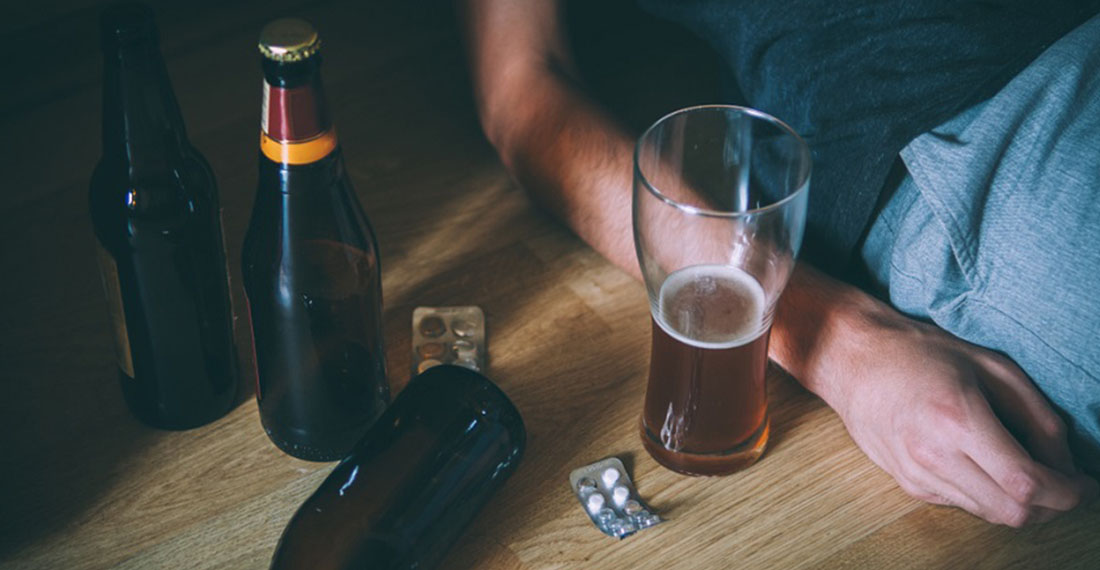
Prevention of alcoholism is a necessary tool for the formation of healthy generations. Unfortunately, the advertising of alcoholic beverages over the past decades has provoked healthy criticism in response: mass media, commercials and PR advertising present this event as a necessary attribute of adult life, in some moments - even luxury and satisfaction.
You've probably seen spectacular scenes on blue screens where a cold, unapproachable beauty, sitting on a luxurious sofa in a country mansion, arrogantly sips expensive French wine. Such images involving alcohol form the erroneous thinking that creating such an image will somehow improve your life.
Again, often in domestic films on TV there are characters who have long and hopelessly tied the bonds of their fate with strong alcoholic beverages. They are presented as harmless, funny and interesting heroes with a difficult fate. But the true consequences of alcoholism are completely overlooked, which a priori cannot make a person an interesting and funny hero.
Addiction prevention should include 2 main strategies:
The group of risks that contribute to the development of addiction include:
Factors that can reduce the attraction to alcohol include:
Alcoholism is a social disease. It is not transmitted genetically – there is a predisposition to alcoholism, but the drunkenness of parents cannot serve as a direct cause of their child's alcoholism. In general, there is not a single factor in nature that would directly and 100% provoke alcoholization of the individual. Risk factors and decreased attraction are important. If the first ones outweigh, a person has more and more chances to become an alcoholic. If the latter – on the contrary.
In general , prevention in this direction can be divided into 3 groups:
Of course, the content of preventive programs will differ in each case. For example, if we talk about primary prevention, then general information about the dangers of surfactants, the advantages of a healthy lifestyle, and so on will be provided here. With tertiary prevention, other aspects are already affected: the consequences of further alcoholism, the psychology of addiction, the benefits of a sober lifestyle.
What is the reason for the difference in prevention? Isn't it easier to make a certain program for everyone? No. Unfortunately, universal approaches do not work here. Let's look at examples.
1. The personality of a teenager or just a young person is an interest in everything unusual, maximalism, a desire to try something new. Such people have no experience yet, they are just entering adulthood and trying to find their way. Alcohol for them is just another interesting thing that helps to liberate themselves, introduces them to the world of adults. At a young age, the consequences of alcohol abuse are still invisible, so it is difficult for a teenager to understand all sides of the risks. It is important to show how such communion can be dangerous, and to prove that it will not solve specific problems.
2. The personality of a person who already suffers from addiction is "another religion". He has gone through 9 circles of hell, has a formed physical craving, has felt all the charms of abstinence, suffers from problems with social functions: job losses due to absenteeism, family conflicts, loss of self-esteem, self-pity, pathological patterns like "oh, fuck it all, I'll drink and relax, I have the right." They need to be given powerful incentives to return to normal life, to realize their mistakes and their potential. Preventive psychotherapy under the supervision of narcologists is already necessary here.

There are a number of approaches that are used to prevent alcoholism.
In general, propaganda is carried out aimed at motivating for a healthy lifestyle.
In narcology, there are 3 types of prevention of alcoholism among addicts.
Unfortunately, in Russia, psychotherapeutic techniques are still a kind of exotic treatment – many people do not have the means and opportunities to have a personal psychotherapist. A certain role in the formed picture is played by distrust of specialists with the prefix "psi" - people often confuse psychologists, psychotherapists and psychiatrists, believing that everyone will stuff them with medicines and turn them into vegetables instead of help.
So far, psychotherapy is popular mainly in developed countries. Cognitive behavioral therapy is often used for alcoholism and for its prevention. The doctor together with the patient is working on pathological patterns that are associated with excessive consumption of alcoholic beverages.
Cognitive behavioral therapy allows you to identify the main triggers that, under stress, lead the patient to drink alcoholic beverages. They are determined and worked out by the joint efforts of the doctor and the patient. The specialist also teaches a person various techniques that help reduce or stop alcoholism. Proper support from family and close friends is also important.
Within the framework of psychotherapy , the following methods are used:
Therapy allows you to devalue negative behavioral patterns and develop healthy patterns that will improve a person's life. It is necessary both as a treatment for alcoholism and as a preventive measure. It is important to establish contact with the therapist, to form trust between the members of the therapy. This will allow you to be more frank during the conversation, to identify problems that do not give discomfort yet, but may lead to unpleasant consequences in the future.
Prevention of alcoholism in Russia is now mainly carried out among adolescents and the younger generation, as for addicts - they are engaged in private addiction clinics and rehabilitation centers. Unfortunately, state programs still leave much to be desired, so it is better to contact proven narcological departments for full-fledged help.
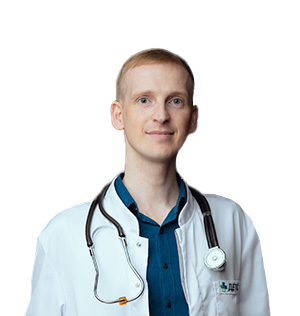
Стаж работы 16 Лет
Дата проверки: 14 Сентября 2025

Отеки после алкоголя: причины и устранение проблемы
Какими бы ни были причины отечности, она является характерным сигналом...
21.01.2021
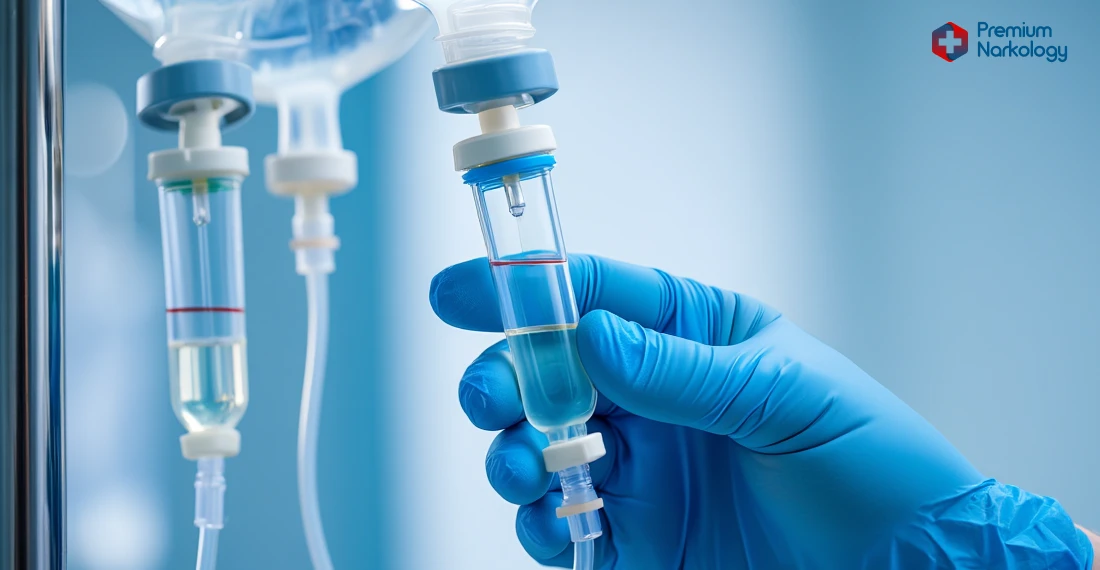

Запой: механизм развития, причины, симптомы, лечение
Запой – продолжительный прием спиртного в течение нескольких дней. По...
24.03.2021
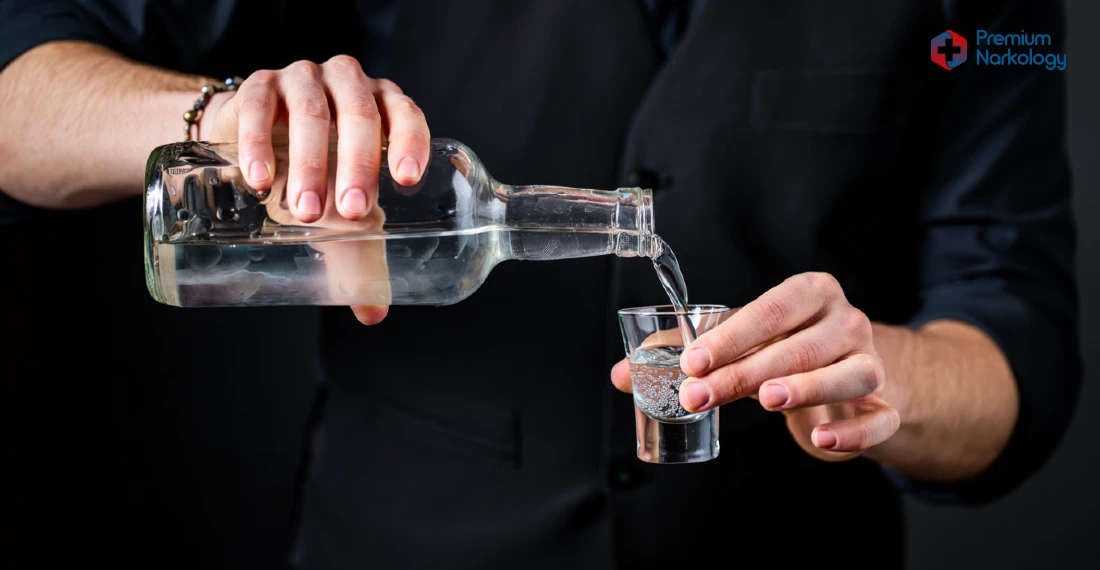
Алкоголизм: причины развития, признаки, лечение
Алкоголизм – заболевание, при котором формируется стойкая психологическая, физиологическая зависимость...
24.03.2021

Какие таблетки от похмелья самые эффективные?
Что помогает при похмелье? Эффективных и доступных способов достаточно, и бороться...
06.05.2021
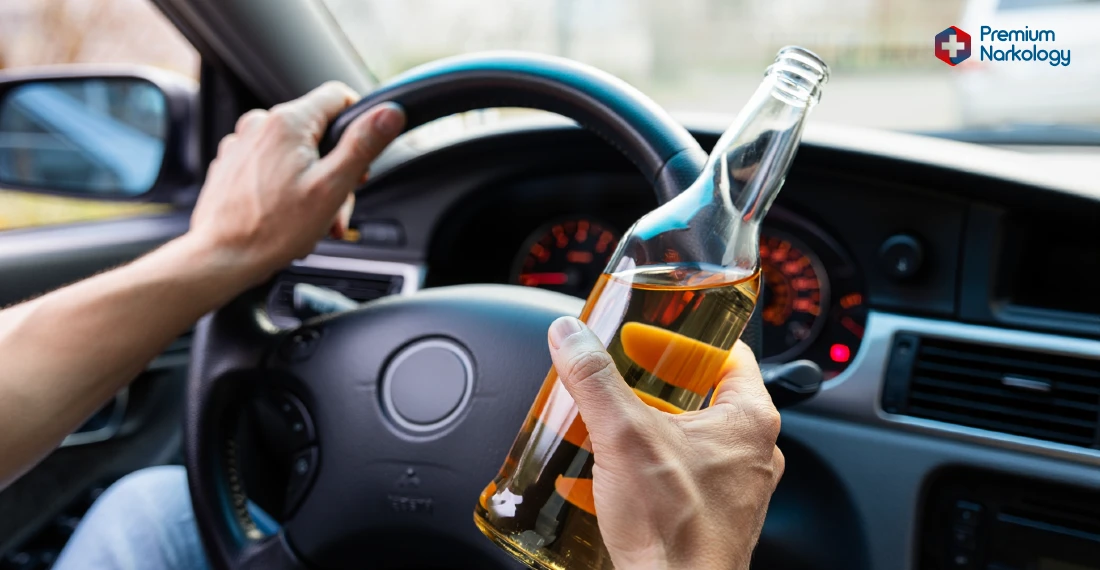
Через сколько времени после алкоголя можно за руль, какие факторы на это влияют
Ежегодно в России происходят сотни дорожных аварий по вине пьяных...
07.06.2021

Проблема алкоголизма в России
Алкоголизм в России стал широко распространенным заболеванием: пьющих людей легко...
15.07.2021

Как уснуть с похмелья: методы эффективной борьбы с этим критическим состоянием
Похмелье - мучительное состояние, одно из ярких проявлений сильной алкогольной...
31.08.2021

